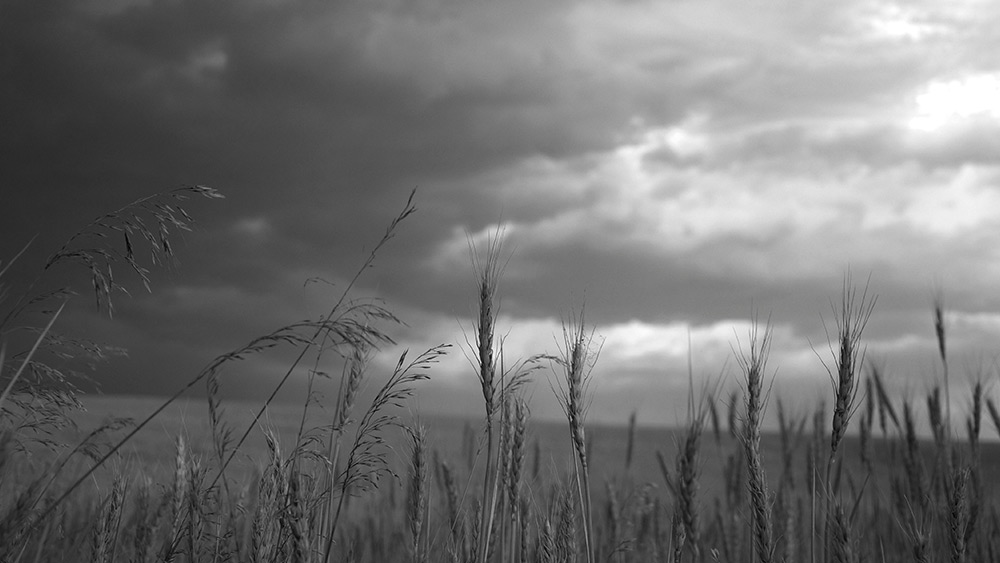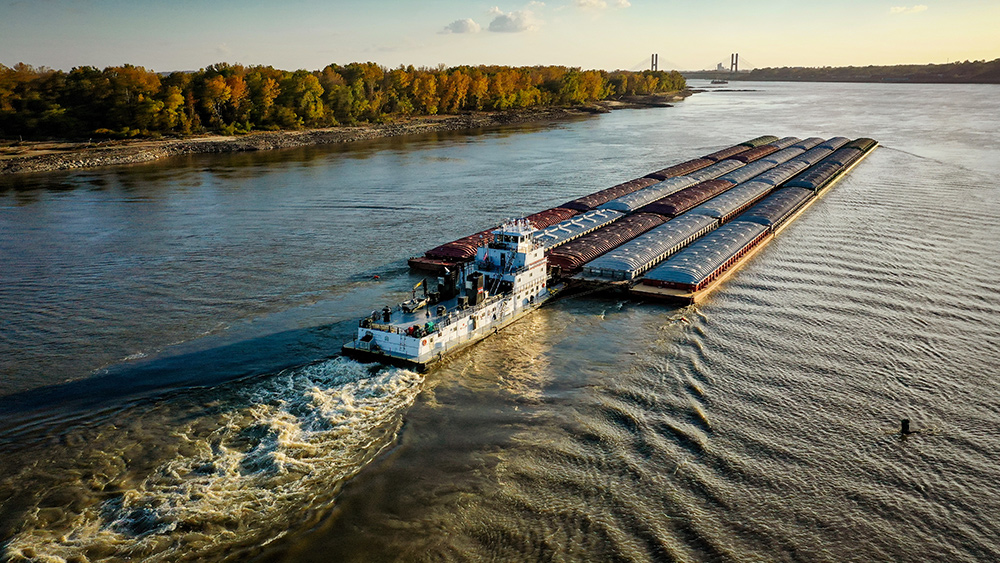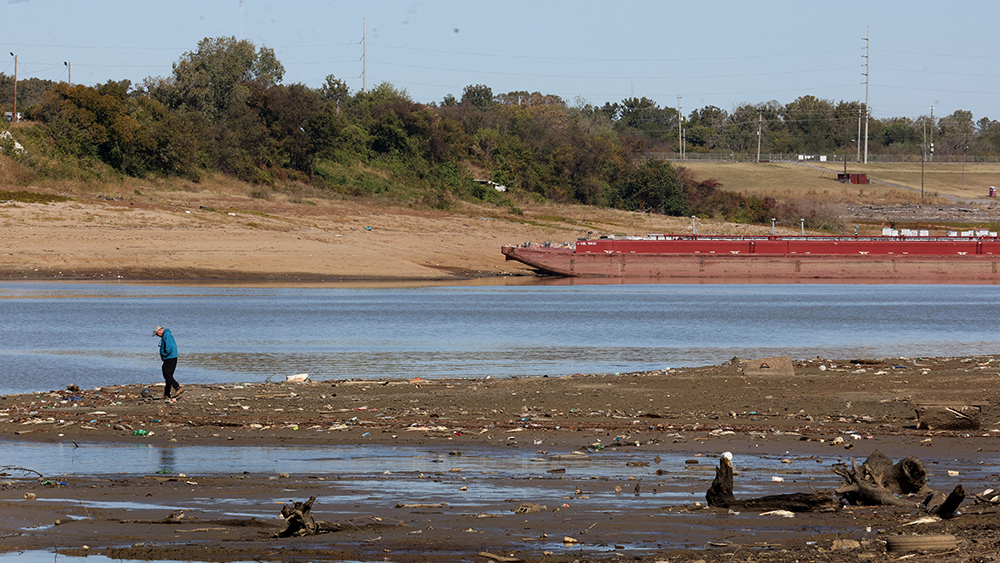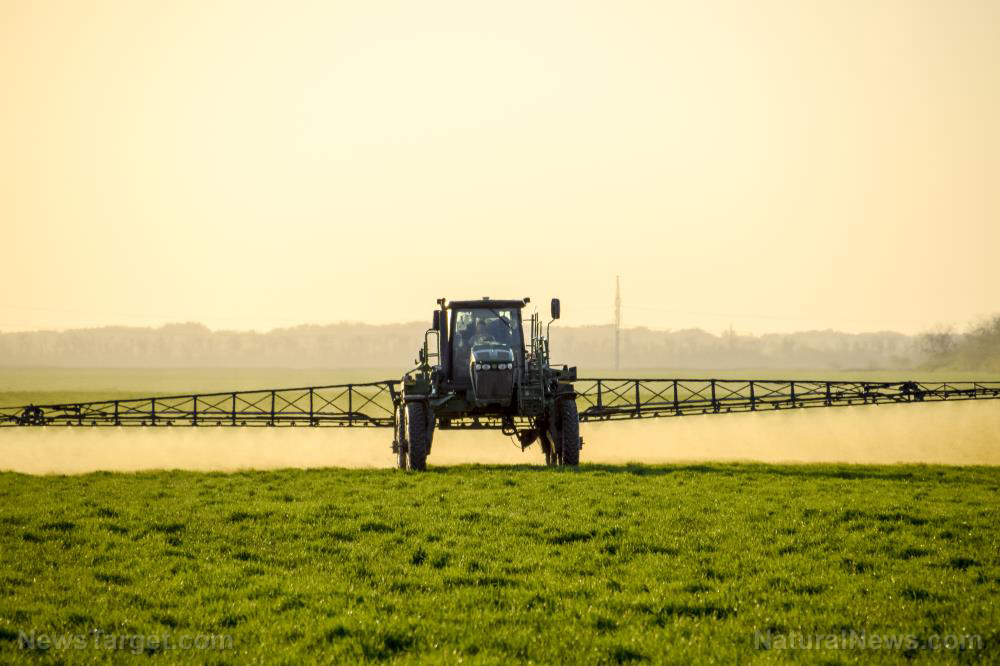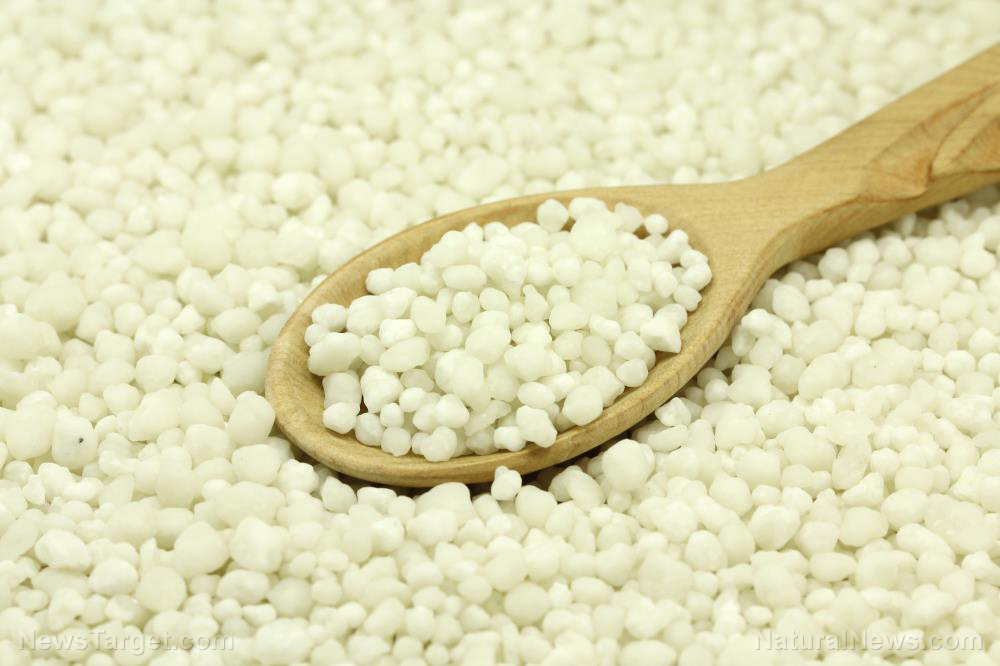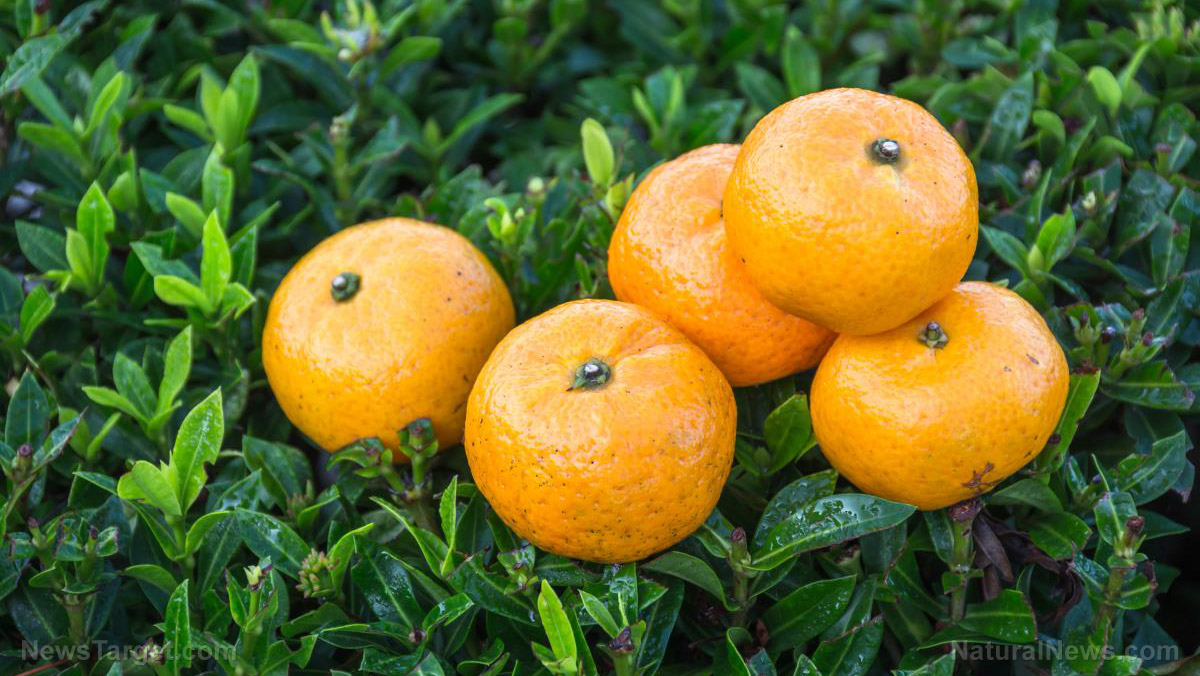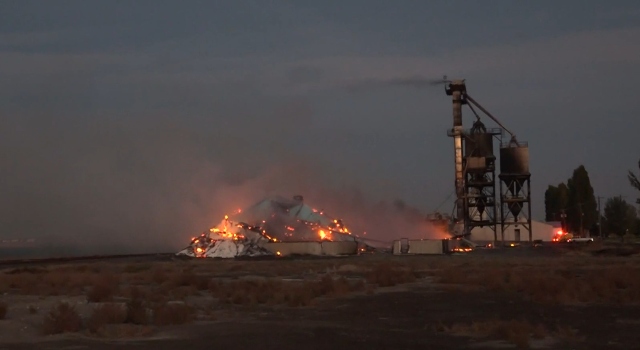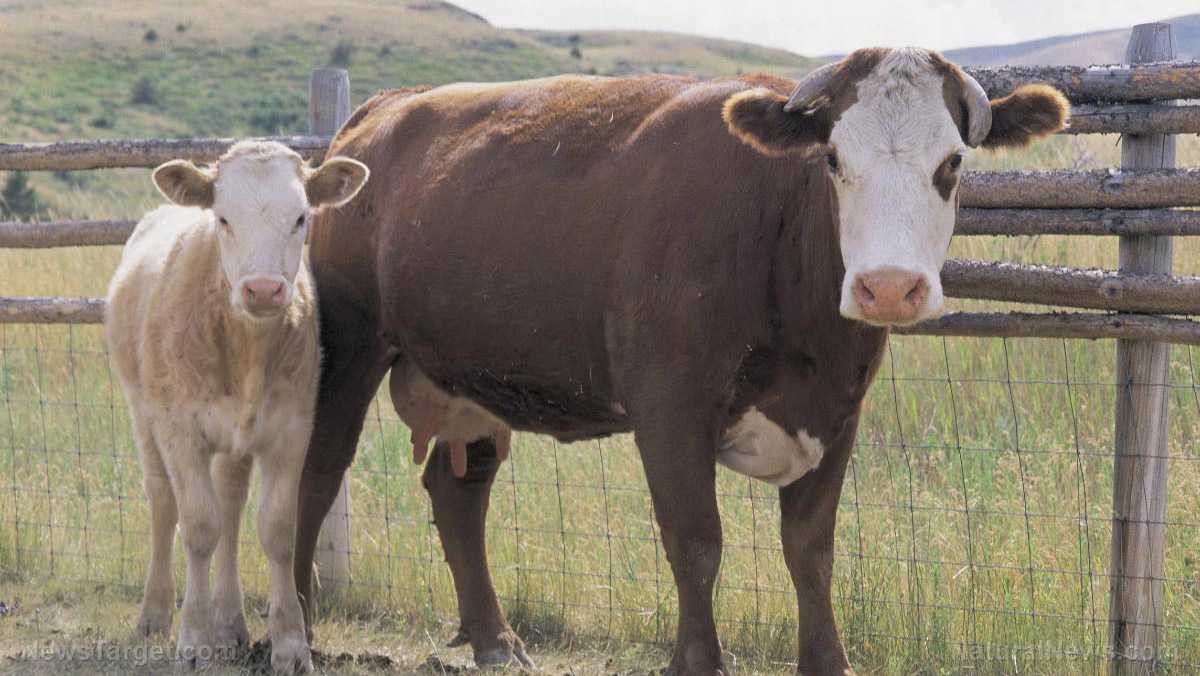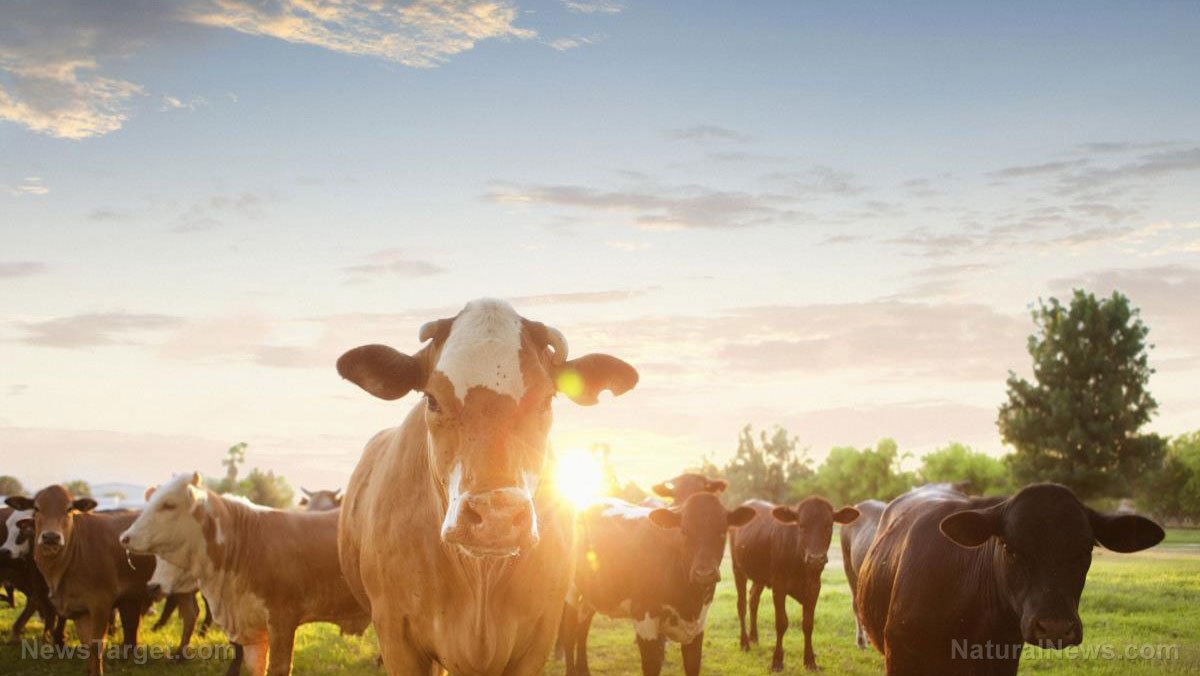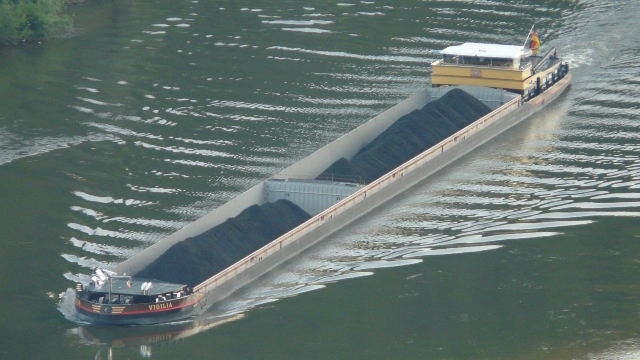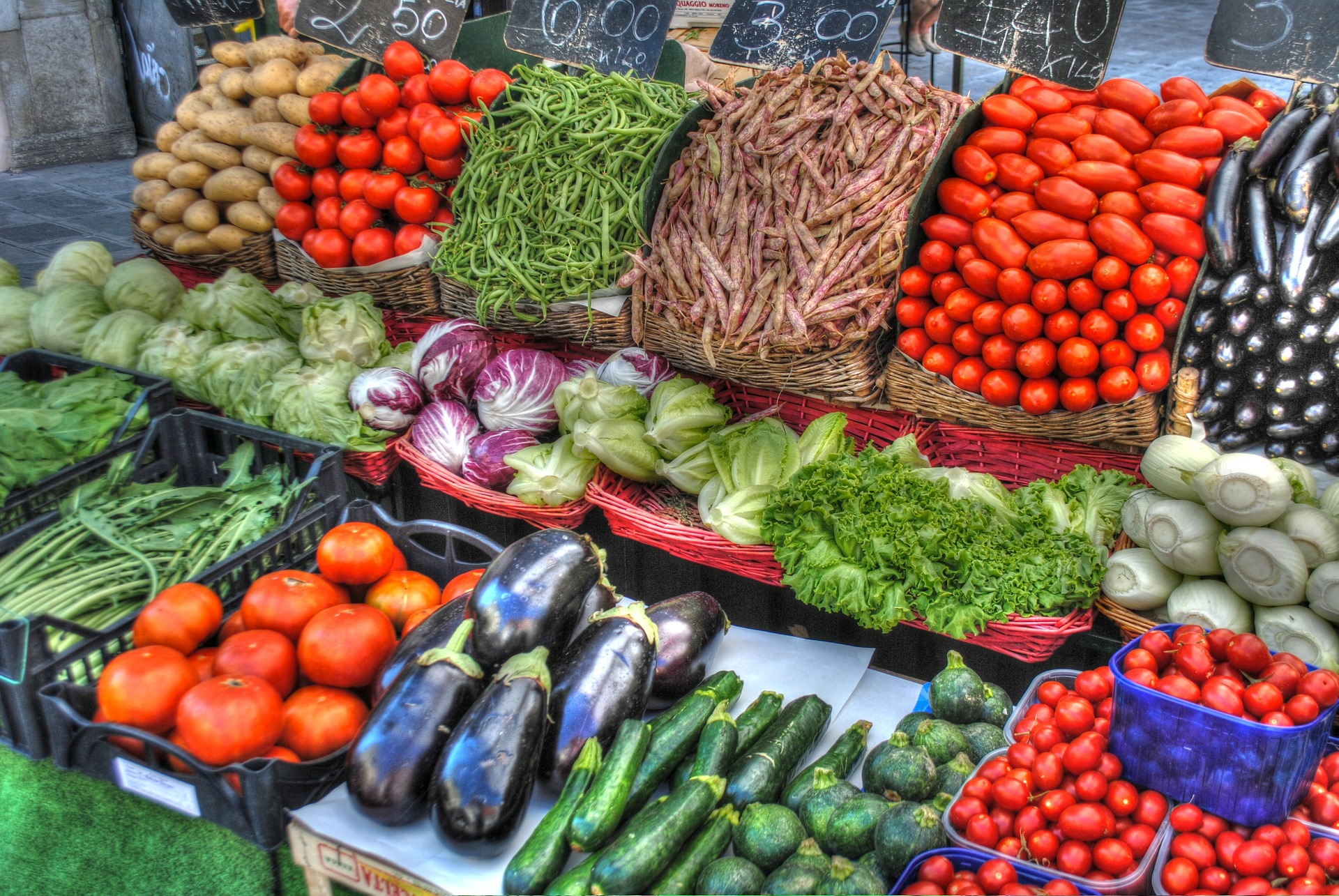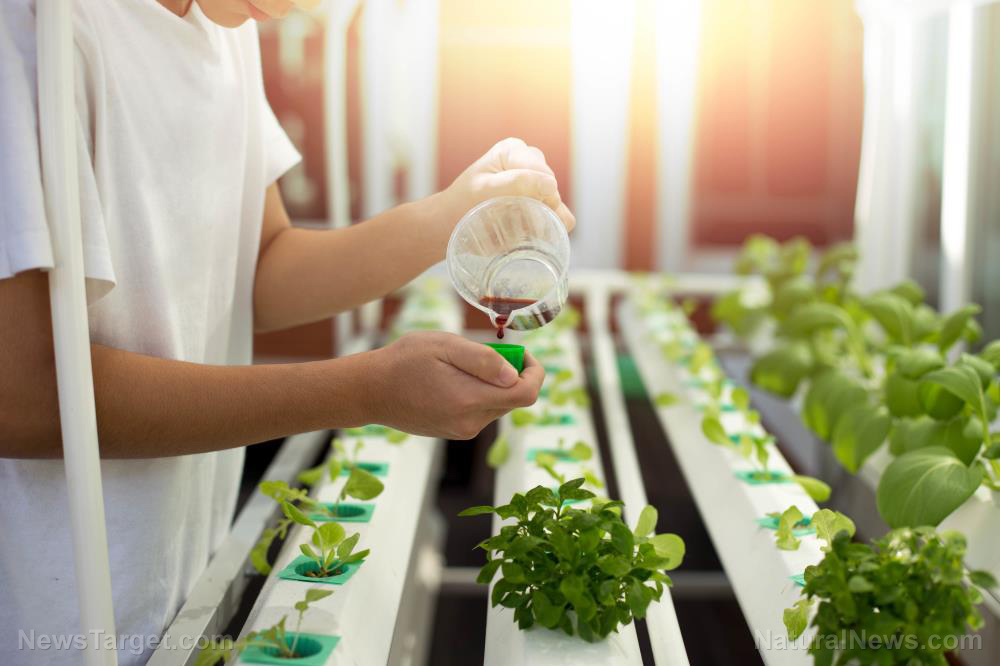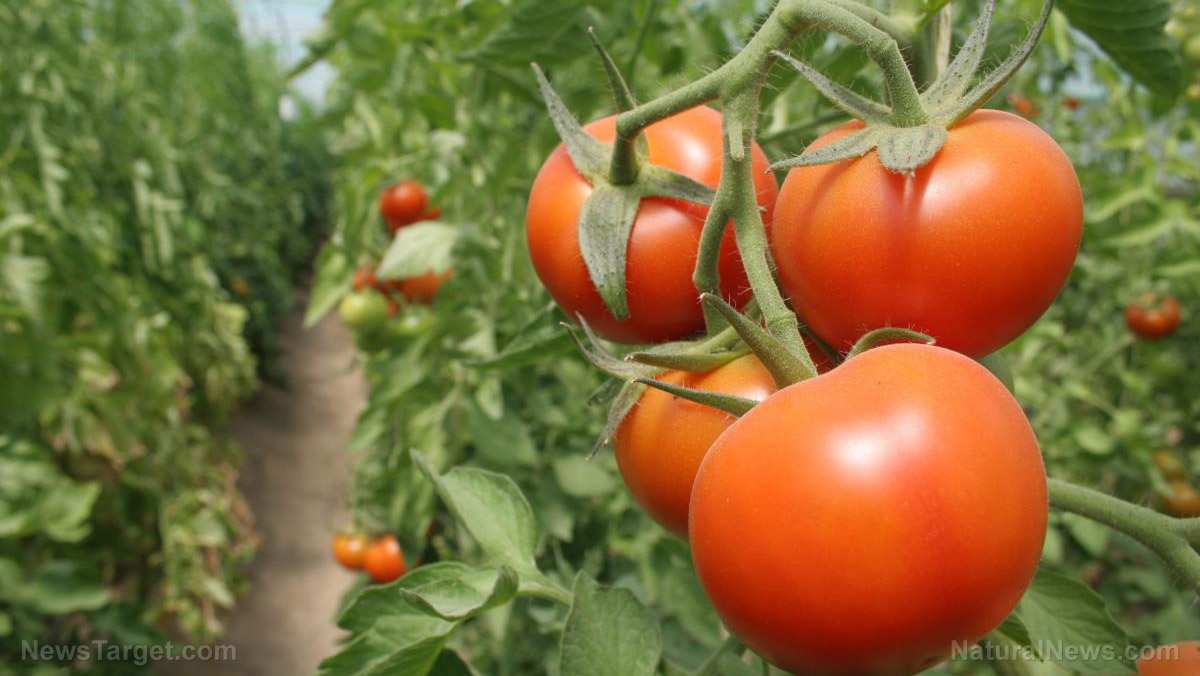Critical Disclosure: Food supply issues can be solved if people grow their own food, Jim Gale tells Jim White – Brighteon.TV
10/31/2022 / By Mary Villareal
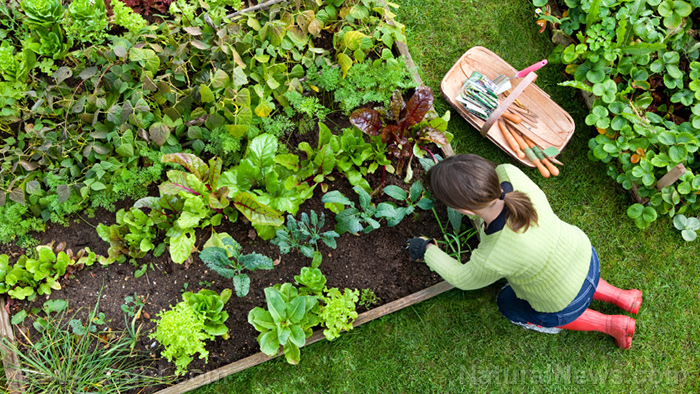
Food Forest Abundance (FFA) CEO Jim Gale joined “Critical Disclosure” host Jim White to discuss food independence and how Americans can wean themselves off of large food corporations.
“If the thing that we can deal with is the food production, it changes everything,” Gale said during the Oct. 24 episode of “Critical Disclosure” on Brighteon.TV. “When we eat foods grown without poisons, we no longer have cancer, diabetes and heart disease, we no longer have these ailments that they’re using to control us through this criminal medical system that we have.”
Gale referenced a quote by former Secretary of State Henry Kissinger, who said that controlling oil brings nations under control, controlling food brings people under control and controlling the world’s currency brings the world itself under control.
“The same groups at the top … that create the chemical fertilizers like Monsanto, they’re the same groups that also have stock and have an interest in the pharmaceutical companies that treat the diseases caused by the chemicals their other company owns.”
The FFA CEO also discussed how companies such as Johnson & Johnson, Pfizer and Walmart have taken control over society in the last couple of years. He added that these companies are already gaining monopoly and are planning to go to the “next level.”
Gale ultimately noted that food supply issues have a simple solution when people grow their own food, calling on Americans to use resources wisely. He pointed out that the U.S. alone has 44 million acres of lawn, and converting half of this land for growing food-producing plants, berries and fruit trees can feed generations to come.
“If all we did was that, we would reverse mass extinction and deforestation. We would reverse cancer, diabetes and heart disease trends, we would end hunger and most importantly, we would end tyranny.” (Related: Creating food forests out of front lawns can prepare communities for FOOD COLLAPSE – Brighteon.TV.)
Food forests can provide food, medicine and other resources
According to the FFA website, a food forest is defined as “a garden designed to function like a forest ecosystem with different layers of plants to provide food, medicine and other resources.” Food forests could eventually become self-sufficient, requiring little to no input once it is established.
First, a food forest can create its own microclimate with more trees and other large plants that help retain soil moisture.
Second, a food forest can thrive through guild planting – the practice of grouping different plants together based on their complementary relationships. One example is guild planting nitrogen-fixing plants that help fertilize the soil with fruit trees that provide shade for the smaller plants. Another example is planting flowering plants or vegetables next to herbs that deter pests.
Finally, food forests could also provide for themselves by attracting animals that can help disperse seeds and pollinate plants. This can be accomplished by planting a variety of native plants that will attract birds, bees and others.
With a little planning and effort, Gale’s company is pushing to create a food forest that will provide people with fresh food, medicine and other resources for years to come.
Visit FoodFreedom.news for more stories about self-sufficiency and food independence.
Watch the Oct. 24 episode of “Critical Disclosure” with Jim White and Jim Gale below. “Critical Disclosure” airs every Monday at 7-8 p.m. only on Brighteon.TV.
More related stories:
Sources include:
Submit a correction >>
Tagged Under:
agriculture, Brighteon.tv, Critical Disclosure, emergency food, food crisis, food forests, food independence, food production, food supply, home gardening, Jim Gale, Jim White, off grid, organic farming, preparedness, prepping, survival
This article may contain statements that reflect the opinion of the author
RECENT NEWS & ARTICLES
COPYRIGHT © 2022 Crops.News
All content posted on this site is protected under Free Speech. Crops.News is not responsible for content written by contributing authors. The information on this site is provided for educational and entertainment purposes only. It is not intended as a substitute for professional advice of any kind. Crops.News assumes no responsibility for the use or misuse of this material. All trademarks, registered trademarks and service marks mentioned on this site are the property of their respective owners.


